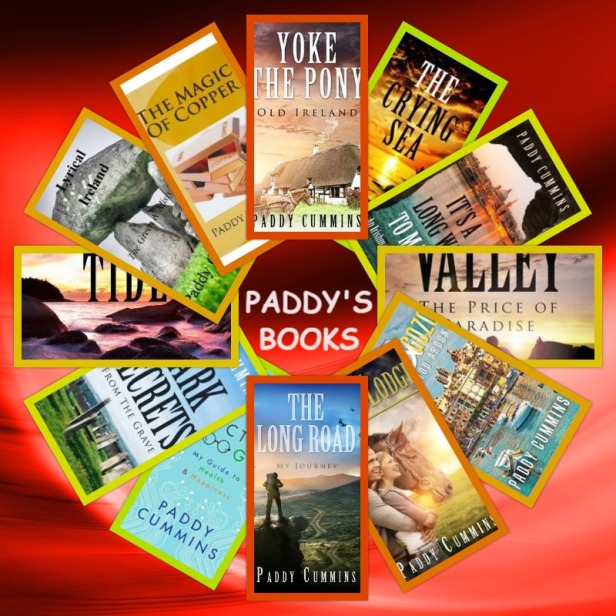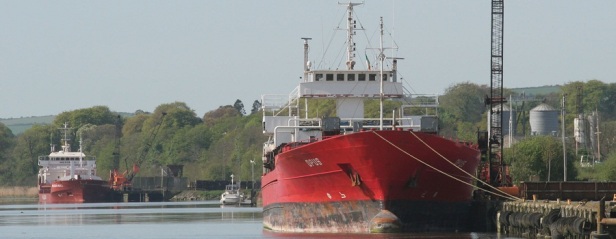New Ross is a small town of less than 10,000 people, located in South West Wexford, near the meeting point of the Nore and Barrow Rivers. It is a quaint little town brimming with old world charm and fascinating history beckoning around every street corner.
New Ross was one of the first Irish towns to be developed by the Normans. It was founded by the Earl of Pembroke, William Marshall, between 1192 and 1207. to serve as a port for the Marshall lands of the Barrow, Nore and Suir valleys.
New Ross Port
By 1210 the Earl had built so fine a bridge that in the first half of the thirteenth century New Ross established itself as a successful port due to its key location. At the end of the century custom returns showed that it was the busiest port in Ireland. It continued to prosper and in centuries later it became the departure point for those suffering people fleeing to far off lands to escape the ravishes of the Potato Famine.
History
At the edge of the old town are the remains of the once strong defences which still survive and inside the walls is one of the largest medieval churches in the country. Since its founding, the town of New Ross has played a key role in the history of Ireland. From the Norman Conquest to the Cromwellian Invasion, from the 1798 Rebellion to the Great Famine of the 1840’s, the town has been central to many of the most dramatic periods of Irish History. It has also shaped American political history as the ancestral home of the Kennedy Dynasty.
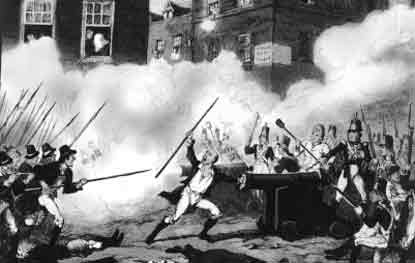
The Battle of Ross
The battle of New Ross was the bloodiest of the 1798 rebellion. The southern force of the Wexford rebels had swelled to almost 10,000 by the morning of 5 June. Most of this force was armed only with pikes. If they could succeed in taking New Ross, the way would be open to spread the rebellion into Kilkenny.
In a powerful charge, rebels pushed into the heart of the town and almost drove the British garrison out. However, they had very limited weaponry, and were mainly dependent on pikes. They could not defend their position as well as the crown forces. The government troops had regained control of the entire town by nightfall.
In one day, the rebels had lost more than 2,000 men. The British garrison lost 200. The fighting was merciless on both sides. In one incident, the garrison set fire to a house with seventy men inside. All of the men were burned to death, except one.

Dunbrody Famine Ship
Dunbrody Famine Ship is one of the premier tourist attractions in the South East of Ireland. Centred on an authentic reproduction of an 1840’s emigrant vessel, it provides a world-class interpretation of the famine emigrant experience.
Incorporating guided tour, costumed performers and themed exhibitions of the highest quality, the ‘Dunbrody’ provides a unique insight into the bravery and fortitude with which Irish people faced up to one of the most tragic episodes in Irish history.
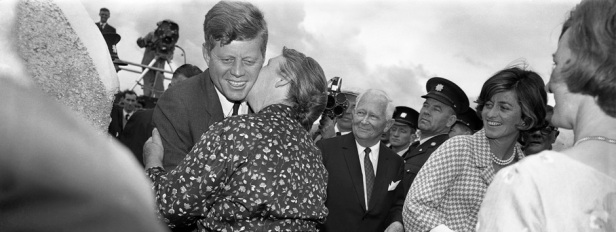
The Kennedy Homestead
The Kennedy Homestead, a unique cultural museum is dedicated to “the Kennedys who went away and the Kennedys who stayed behind” and plays a vital part in the continued preservation of the Kennedy legacy in Ireland.
The curators of the Kennedy Homestead Visitor Centre, using the Kennedy Library archival collection in Boston, have created a state of the art interpretative exhibit which explores the circumstances of Patrick Kennedy’s departure from Ireland in 1848 and pieces together the story of the most famous Irish–American family through the 20th century to the present day.
The homestead became an important tourist attraction for Americans following the visit in 1963 of the President of the Unites States, John F Kennedy.
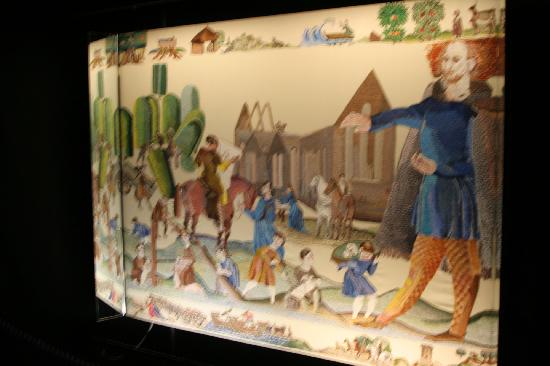
The Ros Tapestry
The Ros Tapestry is a unique project ongoing in New Ross since 1998, involving over 150 stitchers working on 15 giant tapestries panels It is an excellent example of creativity and community spirit on a grand scale and depicts Norman History linking all the sites in Ireland’s Ancient East. Ros Tapestry is one of the largest series of embroidered tapestries in Europe. Each tapestry depicts a different significant event in history. A tale told in thread.
The first tapestry was completed in 2002 and to date 14 of the 15 tapestries are complete. The project is an exquisite work of art and is now established as a unique and fascinating tourist attraction.

The Kennedy Summer School
The leading Irish American festival of history, culture and politics, The Kennedy Summer School, has been an annual highlight in New Ross since its foundation by the late Noel Whelan in 2012.
The event attracts more than 1,000 people to New Ross, many of whom stay at local hotels and B&Bs. The three-day festival attracts an influx of visitors from across the country and the world for numerous political and cultural debates, public interviews and lectures, along with a series of social events including the tea party of the year.
Run in association with the JFK Trust in New Ross, the festival highlights the strength of political, historical and cultural links between Ireland and America through a series of presentations and discussions. Each year important Irish and American figures have contributed to the lectures and debates, they get a warm welcome, and leave with fond memories of their visit to New Ross. The festival has been a phenomenal success since its inception and a great boost for the town and its residents.

St Mary’s Church
The spectacular Medieval Port town of New Ross contains so many wonderful buildings from many eras of its long and distinguished past but one of the most significant historical architectural features of this beautiful town is The Church of Saint Mary’s.
The ruins of this magnificent ecclesiastical building are located in a romantic and prominent position on Mary Street of New Ross, proudly overlooking the River Barrow from its vantage point, where it has stood since its inception in 1210.
One of Ireland’s most famous and historic Churches that was constructed by two of the medieval world’s most famous and important characters, William Marshal and Isabel de Clare. It is thought that Saint Mary’s Church was constructed on the site of what was the original religious site in this area, a monastery that was established in the 6th Century, by Saint Adden.
This ancient Church has seen every era in New Ross’s life and development for over 800 years, with numerous phases, eras of decline and rebirth all encompassed into this wonderfully located architectural gift.
Building this magnificent Church, the Marshals intended the town and building to last for their future generations of heirs and was built to withstand the ravages of time. It was to be a symbol of the steady and thriving spirit of the area where it resides. The building of a Church of this magnitude was a symbol of their power, wealth and of their personal success, as well as the forthcoming confidence in the success of their new town.
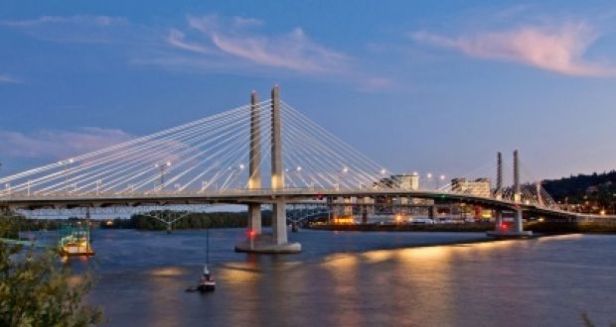
New Ross Today
The founders of New Ross are now ancient history but the little town continues to prosper and expand. With one of the most spectacular new projects – the longest and highest bridge in Ireland crossing the Barrow – soon to be opened, the future is bright for this little medieval town and its charming inhabitants. Its most famous son, John F Kennedy, paid a visit in 1963 and the old quayside still feels his presence in his life size sculpture and his Eternal Flame.
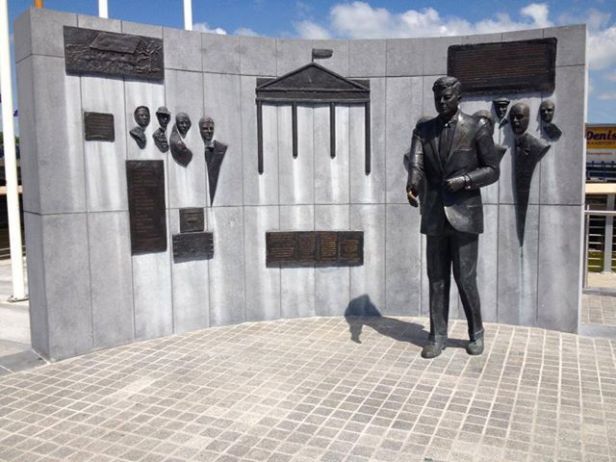
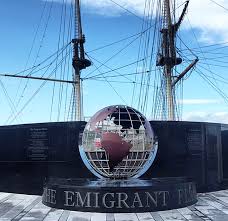
I was there to shake his hand and hear him say he would return soon again. Sadly, that wasn’t to be, but I’m sure he is here in spirit and proud of how we have advanced this little town; the birthplace of his forefathers.
******************************
